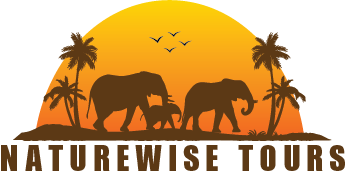Kilimanjaro National Park
Kilimanjaro National Park, located in northern Tanzania, is home to the iconic Mount Kilimanjaro—Africa’s tallest peak at 5,895 meters (19,341 feet). This UNESCO World Heritage Site is one of the world’s most famous adventure destinations, attracting climbers and nature lovers from all over the globe. The park covers a wide variety of ecosystems, from lush rainforests and alpine meadows to the dramatic glaciers and snow-capped summit of Kilimanjaro.
Wildlife & Scenery
While Kilimanjaro is best known for trekking, the lower slopes and surrounding forest areas host diverse wildlife, including elephants, buffaloes, blue monkeys, colobus monkeys, and a wide range of bird species. The changing landscapes—from tropical forest to moorland and arctic-like summit—make the journey truly
Climb Mount Kilimanjaro (Summit Trekking)
The park’s main attraction! Mount Kilimanjaro is the highest free-standing mountain in the world, and climbing it is a once-in-a-lifetime adventure. There are several routes to the summit, each with unique scenery:
Marangu Route Easier path with hut accommodations.
Machame Route Very scenic but more challenging.
Lemosho & Rongai Routes: Quieter, longer routes with fewer crowds.
Treks take 5–9 days depending on the route and acclimatization. At the top, you’ll stand at Uhuru Peak, the highest point in Africa.



Wildlife Viewing
The lower slopes and forests of Kilimanjaro are home to elephants, buffaloes, antelopes, monkeys (including the rare black-and-white colobus), and a variety of birds. It’s a great spot for nature lovers who want both mountain and wildlife experiences.
Cultural Tours
The Chagga people live around the base of Kilimanjaro. You can visit traditional villages, explore coffee farms, learn local history, and taste Chagga cuisine. Cultural tours are often combined with day hikes.


Bird Watching
The montane forests and moorlands are excellent for bird lovers, with species like turacos, sunbirds, hornbills, and raptors.
Kilimanjaro National Park can be visited year-round, but the experience varies with the seasons. The dry seasons (January–March and June–October) are the best times for trekking and climbing, as trails are dry, skies are clearer, and the chances of reaching the summit are much higher. January to March is less crowded and offers cooler conditions at the top, while June to October is the most popular period, with warmer daytime weather and more climbers on the routes.
The wet seasons (April–May and November) bring heavier rains, making trails slippery and reducing visibility, but they also transform the mountain into a lush, green paradise. These months are quieter with fewer climbers and are excellent for photography, birdwatching, and short hikes on the lower slopes. In summary, the dry months are ideal for summiting Kilimanjaro, while the rainy months offer scenic beauty and a more peaceful experience.

